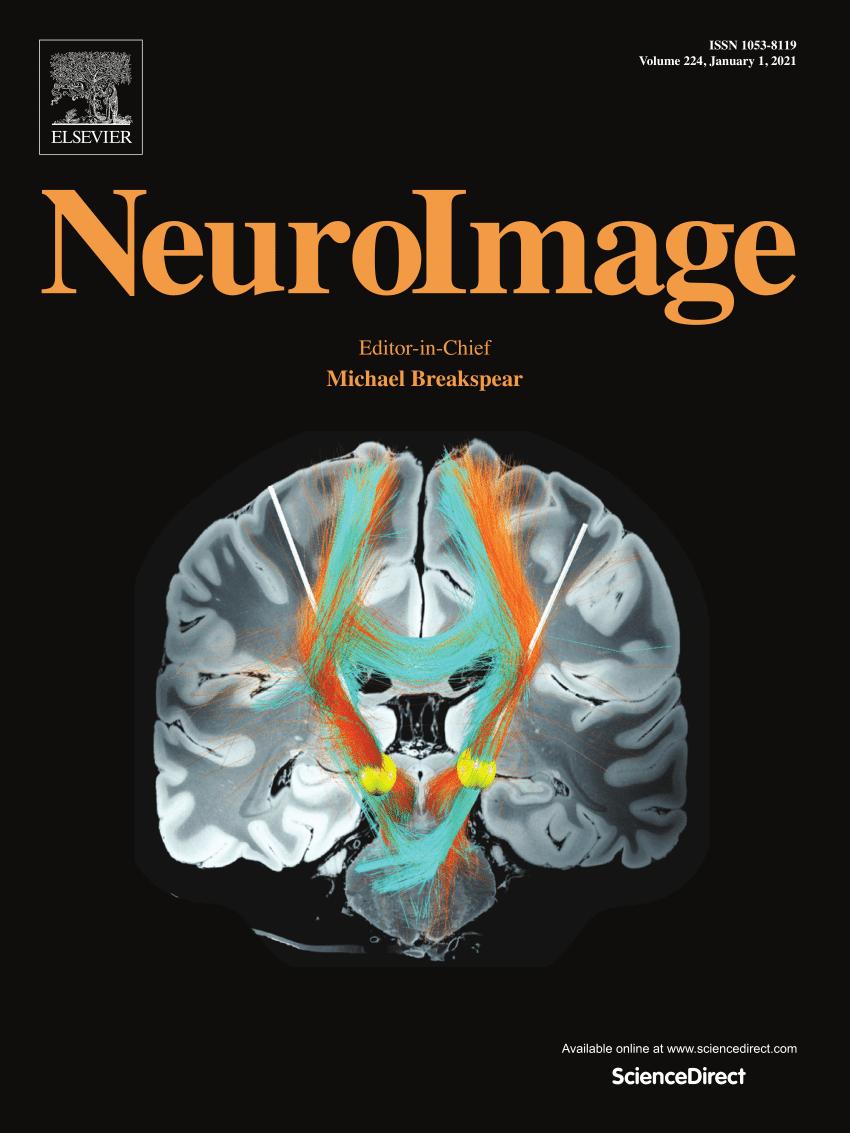Iterative prior-guided parcellation (iPGP) for capturing inter-subject and inter-nuclei variability in thalamic mapping
IF 4.5
2区 医学
Q1 NEUROIMAGING
引用次数: 0
Abstract
The thalamus, a critical relay station in the brain, consists of multiple nuclei that play essential roles in various brain circuits. Identifying these nuclei is crucial for understanding how thalamic structures influence cognitive functions. However, genetic and environmental factors introduce substantial variability in thalamic parcellation patterns, posing both challenges and opportunities for individualized mapping of thalamic function. This study proposes an iterative prior-guided parcellation (iPGP) framework to construct individualized thalamic parcellations. The iPGP method utilizes the Morel histological atlas as prior guidance, incorporates spatially constrained local diffusion characteristics as features, and employs an iterative framework to optimize an individual-specific parcellation model. As a result, iPGP automatically adapts to individual thalamic contrast variations, producing personalized and anatomically consistent parcellations. Through test-retest assessments, iPGP demonstrated a high degree of intra-subject reproducibility. By evaluating inter-subject and inter-nuclei variability, iPGP exhibited strong adaptability across different age groups while capturing subject-specific and region-specific variability. Furthermore, thalamic parcellations generated by iPGP showed significant associations with adolescent age and adult behavioral-cognitive scores. Our findings suggest that iPGP effectively captures inter-subject and inter-nuclei variability in thalamic parcellation, highlighting its potential for advancing thalamic mapping in exploring brain function.
迭代先验引导分割(iPGP)捕获丘脑映射中主体间和核间变异
丘脑是大脑中重要的中继站,由多个核组成,在各种脑回路中发挥重要作用。识别这些核对于理解丘脑结构如何影响认知功能至关重要。然而,遗传和环境因素引入了丘脑包裹模式的实质性变化,为丘脑功能的个性化定位带来了挑战和机遇。本研究提出了一种迭代的先验引导分割(iPGP)框架来构建个性化的丘脑分割。iPGP方法利用Morel组织图谱作为先验指导,将空间约束的局部扩散特征作为特征,并采用迭代框架优化个体特异性包裹模型。因此,iPGP自动适应个体丘脑对比变化,产生个性化和解剖一致的包裹。通过测试-重测试评估,iPGP显示出高度的受试者内部可重复性。通过评估学科间和细胞核间的变异性,iPGP在不同年龄组中表现出较强的适应性,同时捕获了学科特异性和区域特异性的变异性。此外,iPGP产生的丘脑包块与青少年年龄和成人行为认知得分有显著关联。我们的研究结果表明,iPGP有效地捕获了丘脑包裹的主体间和核间变异性,突出了其在探索脑功能方面推进丘脑制图的潜力。
本文章由计算机程序翻译,如有差异,请以英文原文为准。
求助全文
约1分钟内获得全文
求助全文
来源期刊

NeuroImage
医学-核医学
CiteScore
11.30
自引率
10.50%
发文量
809
审稿时长
63 days
期刊介绍:
NeuroImage, a Journal of Brain Function provides a vehicle for communicating important advances in acquiring, analyzing, and modelling neuroimaging data and in applying these techniques to the study of structure-function and brain-behavior relationships. Though the emphasis is on the macroscopic level of human brain organization, meso-and microscopic neuroimaging across all species will be considered if informative for understanding the aforementioned relationships.
 求助内容:
求助内容: 应助结果提醒方式:
应助结果提醒方式:


